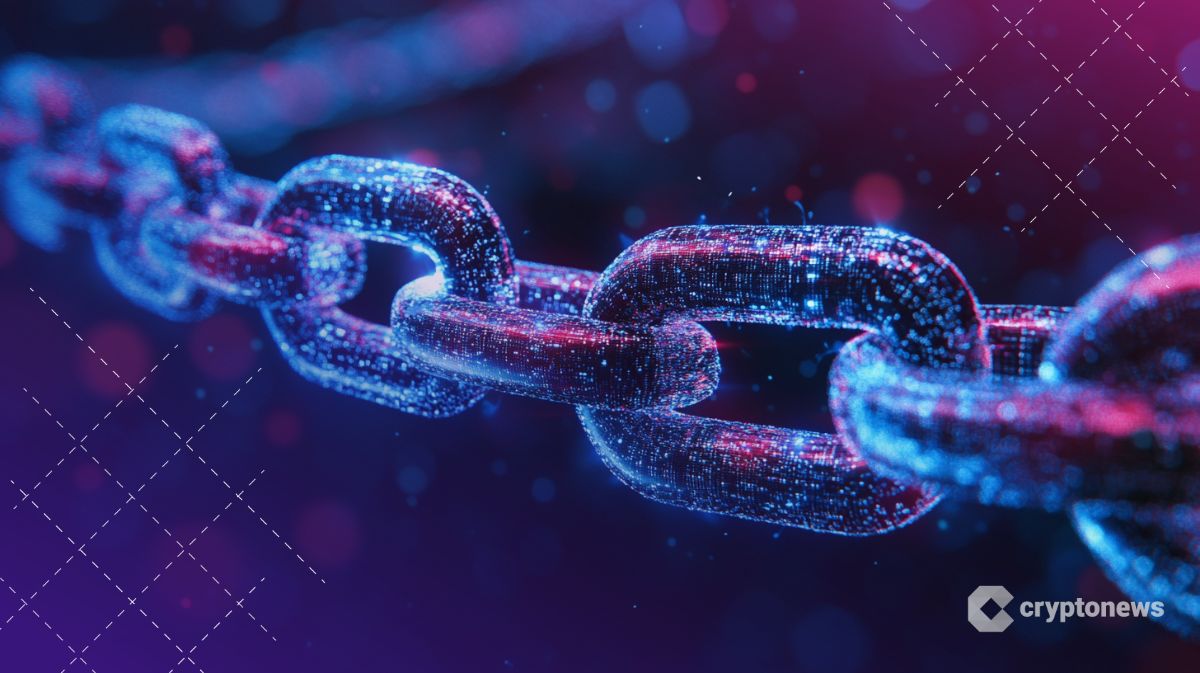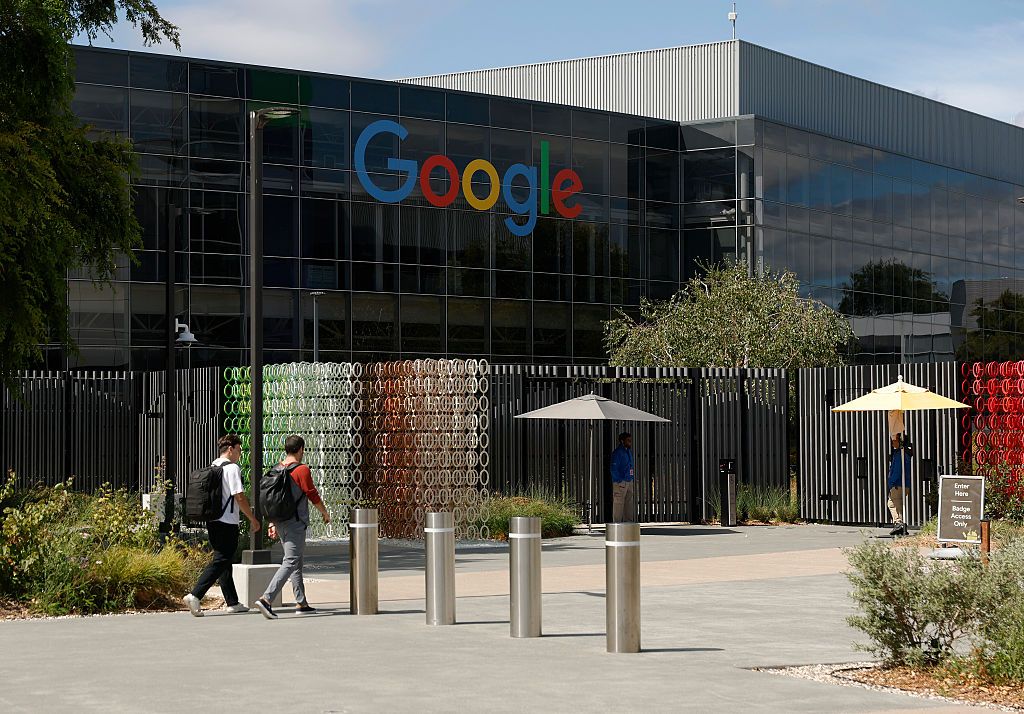Google Cloud Unveils L1 Blockchain To Power Payments And Settlements

Google Cloud is advancing into blockchain infrastructure with the development of a Layer-1 platform, the Google Cloud Universal Ledger (GCUL). The system is designed for financial institutions and aims to support tokenized assets, settlements and Python-based smart contracts.
The initiative, now running on a private testnet, was first revealed in March through a joint pilot with CME Group. The two companies announced plans to trial tokenization and wholesale payments on the distributed ledger, though they stopped short of labeling it a Layer-1 blockchain at the time.
Rich Widmann, global head of strategy for Web3 at Google Cloud, confirmed the positioning in a LinkedIn post on Tuesday.
GCUL Meant To Serve Multiple Banks And Partners, Not Just A Single Corporate Network
He described GCUL as a “neutral” infrastructure layer and presented it alongside projects from Circle and Stripe in a comparative chart. The chart was originally compiled by Chuk Okpalugo, head of product at Paxos, to contrast institutional blockchain initiatives.
Widmann stressed that GCUL is meant to be differentiated from other corporate chains. Stripe is currently developing its own Ethereum-compatible chain called Tempo, with a focus on high-performance payments. Circle, meanwhile, is building Arc, designed to deepen utility for its USDC stablecoin.
By contrast, Widmann said Google intends GCUL to serve as a common base for financial institutions rather than a vertically integrated product stack.
Google Expands From Hosting Blockchains To Building Its Own Protocol With GCUL
Google’s blockchain effort reflects its broader push into digital assets. The company has previously partnered with Coinbase for cloud payments, invested in Web3 startups and provided infrastructure for public blockchains including Solana.
With GCUL, Google is signaling its intent to go beyond hosting and into protocol development.
Some observers have questioned whether Google can credibly claim neutrality while operating its own ledger. Users on X pointed out that decentralization remains an open question for a chain built and operated by a single technology company.
Widmann responded that GCUL is designed so that “any financial institution can build” with it, noting that competitors such as Tether would not use Circle’s chain and payment processors like Adyen would likely avoid Stripe’s.
CME Group Pilot Seen As Early Endorsement Of Google’s Blockchain Push
The project is still in its early stages. However, further technical details are expected in the coming months.
Widmann also hinted that firms such as Amazon or Microsoft could eventually participate directly. In the long run, the goal is for outside enterprises to run GCUL themselves, allowing them to serve their customers more effectively, he said.
For Google, the Universal Ledger represents an effort to carve out a role as a neutral layer in global finance. At the same time, tokenization of assets is gaining momentum. Blockchain-based settlement is also attracting major banks, funds, and corporates, which adds urgency to Google’s push.
CME Group’s decision to pilot payments on the system is seen as an early validation of that approach.
The private testnet phase marks the start of what could become one of Google’s most ambitious blockchain initiatives.
The post Google Cloud Unveils L1 Blockchain To Power Payments And Settlements appeared first on Cryptonews.
Читать больше

Google Advances Its Layer-1 Blockchain; Here’s What We Know So Far
Google Cloud Unveils L1 Blockchain To Power Payments And Settlements

Google Cloud is advancing into blockchain infrastructure with the development of a Layer-1 platform, the Google Cloud Universal Ledger (GCUL). The system is designed for financial institutions and aims to support tokenized assets, settlements and Python-based smart contracts.
The initiative, now running on a private testnet, was first revealed in March through a joint pilot with CME Group. The two companies announced plans to trial tokenization and wholesale payments on the distributed ledger, though they stopped short of labeling it a Layer-1 blockchain at the time.
Rich Widmann, global head of strategy for Web3 at Google Cloud, confirmed the positioning in a LinkedIn post on Tuesday.
GCUL Meant To Serve Multiple Banks And Partners, Not Just A Single Corporate Network
He described GCUL as a “neutral” infrastructure layer and presented it alongside projects from Circle and Stripe in a comparative chart. The chart was originally compiled by Chuk Okpalugo, head of product at Paxos, to contrast institutional blockchain initiatives.
Widmann stressed that GCUL is meant to be differentiated from other corporate chains. Stripe is currently developing its own Ethereum-compatible chain called Tempo, with a focus on high-performance payments. Circle, meanwhile, is building Arc, designed to deepen utility for its USDC stablecoin.
By contrast, Widmann said Google intends GCUL to serve as a common base for financial institutions rather than a vertically integrated product stack.
Google Expands From Hosting Blockchains To Building Its Own Protocol With GCUL
Google’s blockchain effort reflects its broader push into digital assets. The company has previously partnered with Coinbase for cloud payments, invested in Web3 startups and provided infrastructure for public blockchains including Solana.
With GCUL, Google is signaling its intent to go beyond hosting and into protocol development.
Some observers have questioned whether Google can credibly claim neutrality while operating its own ledger. Users on X pointed out that decentralization remains an open question for a chain built and operated by a single technology company.
Widmann responded that GCUL is designed so that “any financial institution can build” with it, noting that competitors such as Tether would not use Circle’s chain and payment processors like Adyen would likely avoid Stripe’s.
CME Group Pilot Seen As Early Endorsement Of Google’s Blockchain Push
The project is still in its early stages. However, further technical details are expected in the coming months.
Widmann also hinted that firms such as Amazon or Microsoft could eventually participate directly. In the long run, the goal is for outside enterprises to run GCUL themselves, allowing them to serve their customers more effectively, he said.
For Google, the Universal Ledger represents an effort to carve out a role as a neutral layer in global finance. At the same time, tokenization of assets is gaining momentum. Blockchain-based settlement is also attracting major banks, funds, and corporates, which adds urgency to Google’s push.
CME Group’s decision to pilot payments on the system is seen as an early validation of that approach.
The private testnet phase marks the start of what could become one of Google’s most ambitious blockchain initiatives.
The post Google Cloud Unveils L1 Blockchain To Power Payments And Settlements appeared first on Cryptonews.
Читать больше

